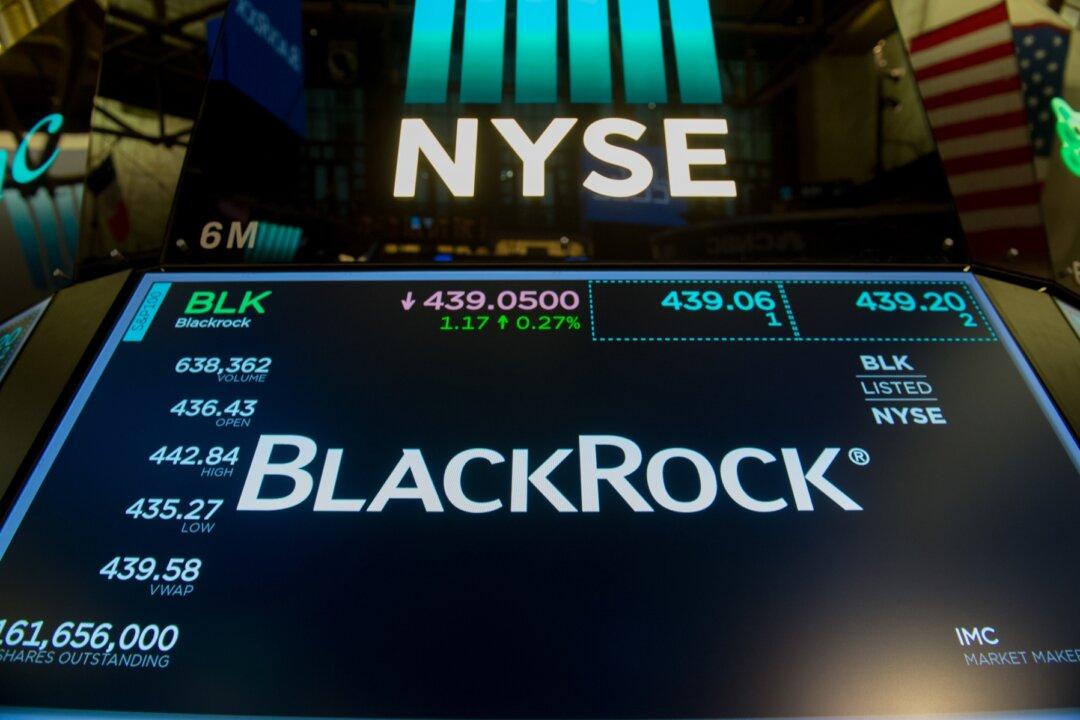A provision in an upcoming securities regulation for the financial services sector could bring changes to the way banks and asset managers do business and interact with clients.
That transformation agent is the Marketing in Financial Instruments Directive II (MiFID II), which goes into effect Jan. 3, 2018, in the European Union. The law seeks to offer more investor protections and greater transparency on products sold and marketed by banks and asset managers.





